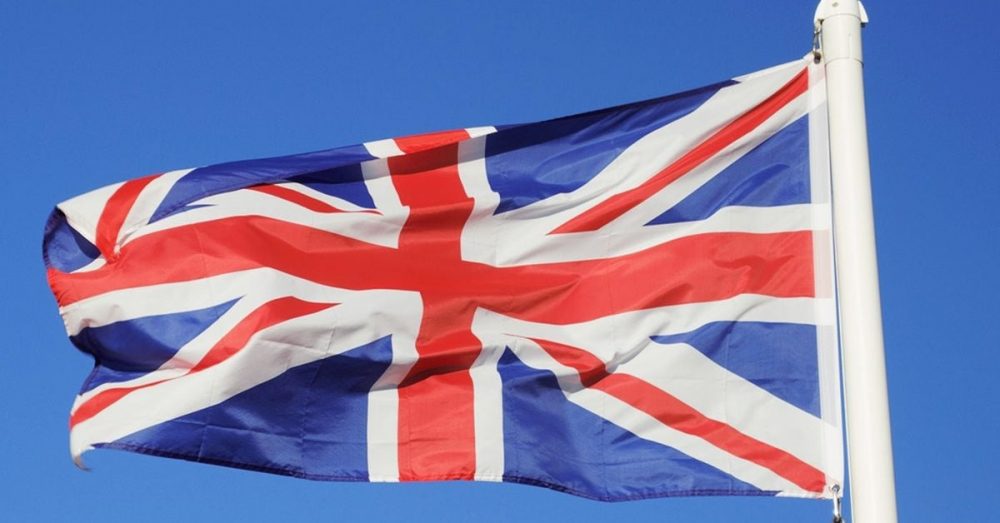Lawmakers in the U.K. are asking the government to consider lowering holding limits for a potential digital pound and make sure its design won’t block the possibility of paying interest.
Both the U.K. and its 27-nation neighbor, the European Union, have said in proposals that retail digital currencies should not be allowed to earn interest as bank deposits do.
In a report published Saturday, U.K. legislators in the Treasury Committee of the House of Commons – the lower chamber of Parliament – expressed their concerns about the U.K.’s plans for a central bank digital currency (CBDC) in a February consultation. The government has said a digital pound was “likely needed” in the future.
Countries around the world are looking into CBDCs as a way to improve payments and make central banks embrace digital finance. While the U.S. is still undecided on whether a digital dollar is worth the fuss, all eyes are on Europe, where the U.K. and the European Union (EU) are proposing actual plans for CBDCs for private retail payments.
The EU’s plans for a digital iteration of the euro have taken some heat from the bloc’s lawmakers. While U.K. lawmakers seem to agree with the EU’s proposals for a lower individual holding limit for the digital euro to prevent customer exodus from banks, they don’t seem to agree with blocking CBDCs from earning interest and thereby treating them like cash.
“We recommend that the Bank of England and Treasury undertake further analysis on the monetary policy impact of paying interest on the digital pound, and in the meantime, ensure that their design work does not preclude the possibility of paying interest on the digital pound,” the U.K. legislators said.
The U.K. Treasury’s plans for a digital pound clearly stated that, like cash “and many current accounts, no interest would be paid on a digital pound. This makes it useful for everyday payments but not designed or intended for savings.”
The lawmakers also cautioned against the proposed 10,000- 20,000 British pound ($12,663 – $25,320) holding limit, and instead proposed a lower limit similar to the 3000 euro cap proposed by the EU’s European Central Bank “to reduce the risk of large-scale outflows from bank deposits into digital pounds… with a view to increasing it over time.”
Somewhat matching the skepticism of EU lawmakers, the U.K. Treasury Committee report also said it’s unclear if the benefits of a digital pound outweigh potential risks and warned that digital pound legislation should not allow the government to gather user data from payments “beyond what is permitted by law enforcement.”
“Nevertheless, we support the Bank of England and Treasury undertaking further consultative work on the design of a digital pound to enable it to be launched if benefits increase and risks to privacy and financial stability are mitigated.”
The committee recommended that the government and Bank of England set out in more detail as soon as possible the criteria that will inform its final decision to issue a digital pound.
Seeing as a decision to issue a CBDC is pending, lawmakers also want to hold the government accountable for the costs of studying and designing a digital pound and want the Bank of England and the country’s Treasury to keep track of these expenses.
“To ensure transparency around the costs incurred, we recommend that the Bank of England reports expenditure on the digital pound as a separate line item in its annual report and accounts from 2024 onwards,” the report said.
The U.K. Treasury is expected to drop its response to the consultation on its proposed model for a digital pound soon. This will be followed by an experimentation and design phase before a decision on whether to issue one is made.







